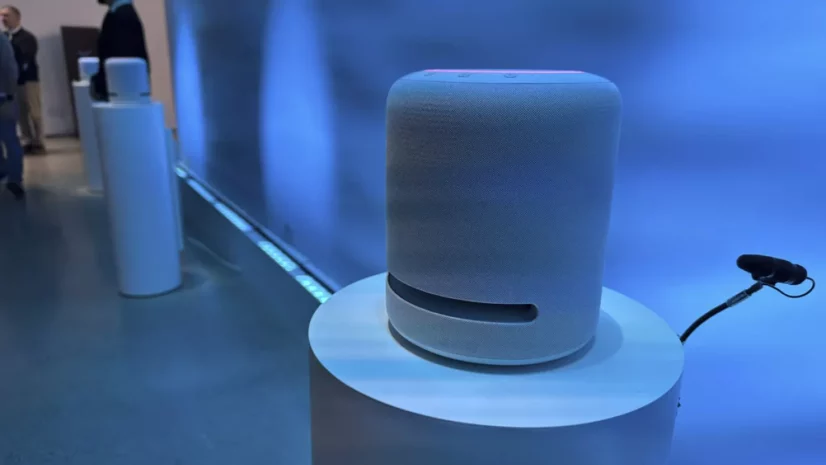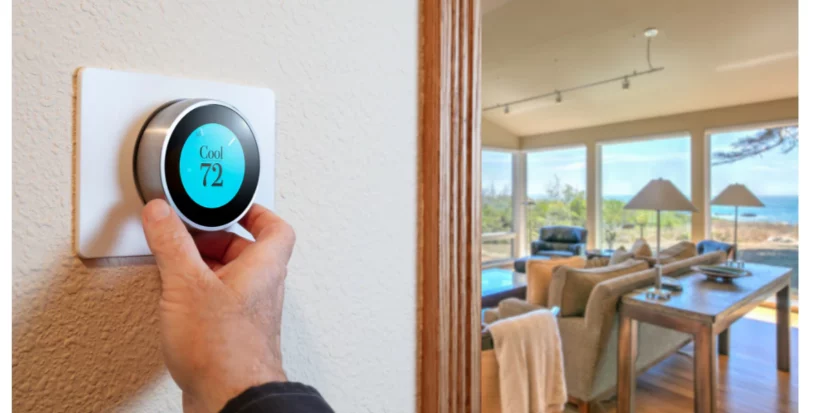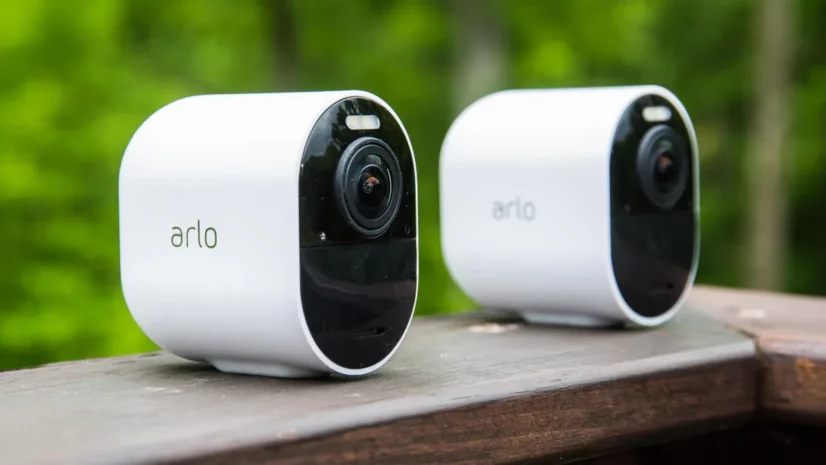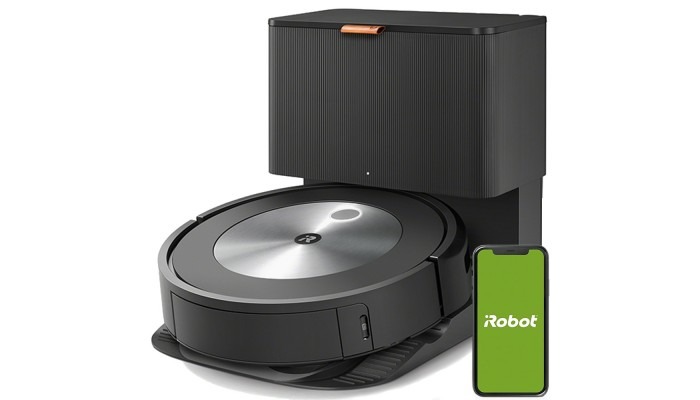Smart home technology is evolving rapidly, and artificial intelligence is at the forefront of this transformation. AI-powered solutions make homes more convenient, secure, and energy-efficient, allowing users to control devices, automate tasks, and optimize their living space effortlessly. Whether it’s adjusting the thermostat based on your routine or enhancing security with facial recognition, AI is making smart homes truly intelligent.
1. Amazon Alexa — The AI-Powered Assistant
Amazon Alexa remains one of the most advanced AI-driven voice assistants for smart homes. Integrated with various IoT devices, Alexa allows users to control lights, thermostats, and even security systems using voice commands. The assistant also learns user preferences over time, offering personalized recommendations and automating routine tasks.

Beyond security, Alexa can be integrated with smart appliances like Amazon Echo, Fire TV, and Ring doorbells, making it an essential hub for home automation. Users can set up routines such as dimming the lights, locking doors, and playing relaxing music before bedtime, all triggered by a simple voice command.
For example, a homeowner using Alexa with Philips Hue smart bulbs can say, «Alexa, set the living room lights to 50%,» and the lights will automatically adjust. Similarly, Alexa can integrate with smart thermostats like Ecobee, allowing users to change temperature settings without lifting a finger.
Additionally, Alexa’s Skills feature allows third-party developers to expand its capabilities, meaning users can add customized functionalities like ordering food, checking news updates, or even controlling robotic vacuums.
2. Google Nest Learning Thermostat — Smart Climate Control
The Google Nest Learning Thermostat is an AI-powered device that optimizes home temperature based on user habits. It learns when you wake up, leave for work, and go to bed, adjusting the temperature accordingly to save energy while ensuring comfort.

Beyond basic temperature control, Nest integrates with smart home ecosystems such as Google Assistant and Amazon Alexa, allowing users to change settings with voice commands. Additionally, it uses geofencing technology to detect when you leave or return home, automatically adjusting the temperature for efficiency.
For example, if you regularly lower the temperature before bedtime, Nest will learn this habit and start making the adjustment automatically. It also offers energy usage reports, helping users track their consumption and find new ways to save on utility bills. The Nest app provides remote control, ensuring that users can make temperature changes even when they’re away from home.
Another advanced feature is its ability to recognize different climate zones within a house, ensuring that heating or cooling is distributed efficiently. With the addition of Nest Temperature Sensors, users can set priority rooms for optimal comfort.
3. Arlo Ultra — AI-Enhanced Home Security Camera
The Arlo Ultra security camera uses AI-powered motion detection and object recognition to differentiate between people, animals, and vehicles. It provides 4K video quality, night vision, and a built-in spotlight for enhanced security.

One of Arlo Ultra’s key features is its ability to recognize familiar faces and send personalized alerts. This is particularly useful for homeowners who want to be notified when family members arrive but avoid unnecessary alerts for frequent visitors or passing cars.
The camera also integrates with smart home systems like Google Assistant and Amazon Alexa, allowing users to view live feeds on their smart displays or TV screens using voice commands. For example, saying «Alexa, show me the front door camera» will instantly stream the footage on an Echo Show.
Another advanced capability is Arlo’s activity zones, where users can define specific areas for motion detection. If someone enters a restricted zone, the camera triggers an alert, making it a great option for monitoring driveways, porches, or private areas around the house.
Arlo Ultra also includes two-way audio, enabling homeowners to speak with visitors or delivery personnel remotely. Its integration with Arlo Secure, a subscription service, adds AI-powered package detection and cloud storage for recorded videos.
4. iRobot Roomba j7+ - Intelligent Cleaning Robot
The iRobot Roomba j7+ is a smart robotic vacuum cleaner that leverages AI-powered obstacle detection and room mapping for a seamless cleaning experience. Using PrecisionVision Navigation, the Roomba j7+ identifies and avoids objects such as power cords, shoes, and pet waste, ensuring uninterrupted cleaning.

A key advantage of the Roomba j7+ is its ability to learn user cleaning preferences. Over time, it adapts to different routines and suggests personalized cleaning schedules through the iRobot Home app. Users can set «Keep Out Zones» to prevent the vacuum from entering restricted areas and «Clean Zones» to target high-traffic spots that need frequent cleaning.
Additionally, the Roomba j7+ integrates with voice assistants like Amazon Alexa and Google Assistant, allowing users to start, pause, or stop cleaning with simple voice commands. Saying «Alexa, tell Roomba to clean under the dining table» prompts the vacuum to clean a specific area without manual intervention.
Another notable feature is its self-emptying capability. The Clean Base Automatic Dirt Disposal system allows the Roomba j7+ to empty its dustbin into an enclosed bag, reducing maintenance for up to 60 days.
5. Samsung SmartThings Hub — Centralized Home Automation
Samsung SmartThings Hub is the backbone of a truly connected smart home. This AI-powered hub integrates multiple smart home devices, allowing seamless communication between sensors, appliances, and security systems. It supports protocols such as Zigbee, Z-Wave, and Wi-Fi, making it compatible with a wide range of smart gadgets.

A major advantage of SmartThings is its ability to unify disparate smart home products under one app. Users can set up automated actions, such as dimming the lights at sunset or receiving alerts if motion is detected while they’re away. Additionally, it integrates with voice assistants like Alexa and Google Assistant, providing hands-free control over the entire smart home ecosystem.
The SmartThings Hub also enhances home security by connecting to smart locks, cameras, and sensors, enabling real-time monitoring and automated responses to potential threats. For example, it can turn on lights and sound an alarm if unexpected movement is detected at night.
AI is revolutionizing the smart home industry, making automation more intuitive and responsive. From voice assistants to security cameras, these AI-powered solutions provide convenience, efficiency, and peace of mind. As technology advances, expect even smarter, more interconnected homes in the future.










